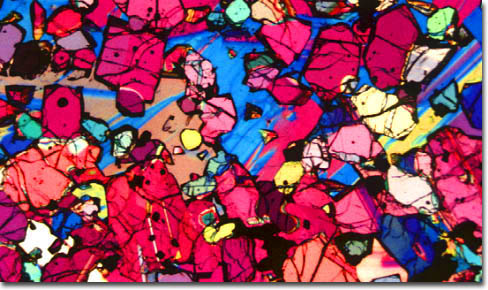|
The Apollo 12 was launched November 14, 1969 from the Kennedy Space Center under cloudy skies and was struck by lightning 36 seconds after initial takeoff. Only 16 seconds later, the spacecraft was impacted by lightning again, resulting in a momentary power outage, though no serious damage occurred. The crew of the Apollo 12, which was the second mission in which humans walked upon the surface of the moon, consisted of Charles “Pete” Conrad, Jr. (commander), Richard F. Gordon (command module pilot), and Alan L. Bean (lunar module pilot). Five days after they left the Earth, Conrad and Bean utilized the lunar module to land in the lunar area known as the Ocean of Storms, while Gordon continued in lunar orbit aboard the ship’s command and service module. During their stay, the astronauts completed two moon walks, took photographs, set up instruments and experiments, inspected and took samples from the Surveyor 3 spacecraft that had landed nearby more than 2 years earlier, and collected soil and rock samples. The crew returned to Earth on November 24, and the command module, nicknamed the “Yankee Clipper” can be viewed today at the Virginia Air and Space Center in Hampton, Virginia.
|
